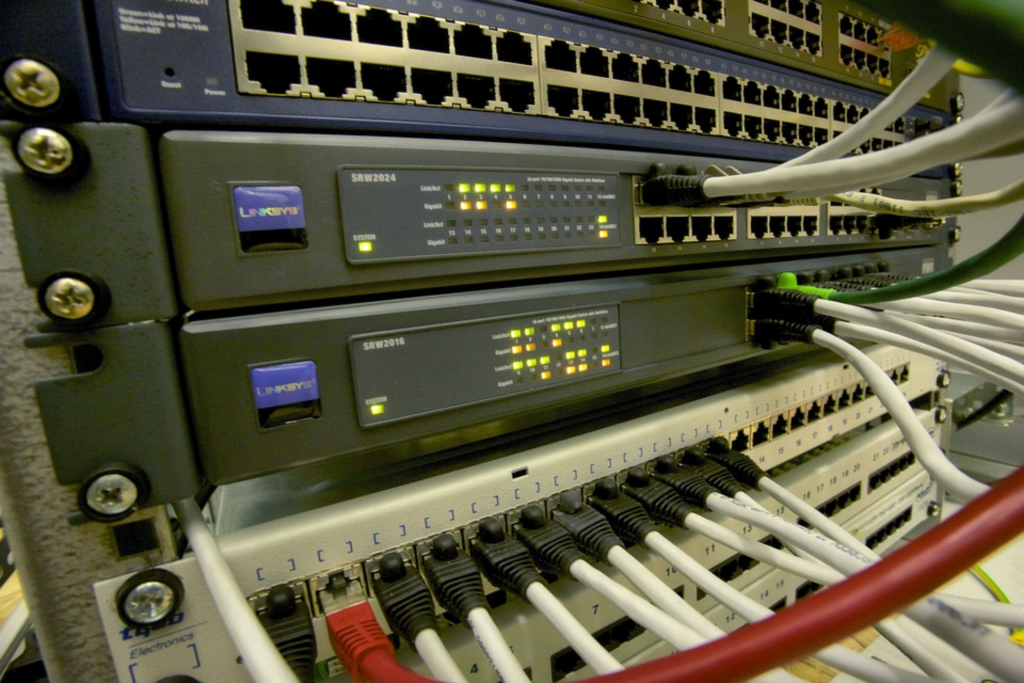What is Elrond (EGLD) and How Does it Work
It is difficult to scale big blockchain networks. Elrond helps in solving this issue. This article will explain to you what is Elrond, how it works, and various other facts related to it.
Elrond is a decentralized network made to fix the problem of scaling many big blockchain networks. It’s one of the most important alternatives to Ethereum because it lets users build decentralized apps and smart contracts on its platform and makes transactions easier. It has a pretty low transaction fee compared to Bitcoin, Ethereum, Zilliqa, and other larger networks.
What is Elrond?
Elrond is a blockchain-based network that makes international transactions cheaper and less reliant on centralized organizations. Elrond uses sharding to speed up transactions and support more programs simultaneously. It also uses a Secure proof-of-stake (SPoS) consensus protocol to ensure that all of its parts are in sync.
Elrond’s name comes from a Lord of the Rings character with the same name. The people who made it say it helps them get to know their users better. So, when naming the different projects of this network, they stuck to the same theme.
Elrond history
In 2017, Lucian Mincu, Beniamin, and Lucian Todea were the ones who first talked about Elrond. Elrond Network, a company based in Malta, is in charge of running the project and making sure it keeps growing. In 2019, the company got about $1.9 million from private investors for this project.

In the same year, the company also used an Initial Exchange Offering to sell about 25% of the total supply and raise about $3.25 million. The native cryptocurrency was first called ERD, but when the mainnet project was launched in 2020, it was changed to EGLD. During a transitional event, the investors had a fair chance to change their ERD to EGLD. Over the years, Elrond has become known as one of the biggest competitors to Ethereum.
Elrond vs. Ethereum
Bitcoin has the most extensive blockchain network, capable of processing 3 to 5 transactions every second. However, Bitcoin does not support Smart Contracts or Decentralized Apps. Ethereum, on the other hand, possesses these and several other features.
About 12–15 transactions could have been done on Ethereum every second. The team developed a new version of Ethereum (called Ethereum 2.0) that made it faster and able to handle more transactions simultaneously. But based on our current numbers, Elrond is ahead of the competition because it can handle 15,000 transactions per second.
Also, each transaction only costs one cent, while Ethereum may charge hundreds of dollars when traffic is high. They are both good for the environment because they use the Secure proof-of-stake consensus protocol to process transactions.
How Does Elrond Work?

Elrond is committed to delivering good developer assistance and cross-chain interoperability at a low transaction price. Elrond Network positions itself as an internet-scale blockchain because it handles many transactions efficiently. Elrond stands out from the crowd due to three key features.
- Elrond Smart Contracts
- Adaptive State Sharding Technology
- Secure Proof-of-Stake
Elrond Smart Contracts
The Elrond Virtual Machine allows users to create smart contracts in various programming languages, including Rust, Transcript, Go, C++, and C#. Elrond features its own Rust Smart Contract platform, which simplifies the process for developers. Furthermore, its virtual machine is compatible with the Ethereum Virtual Machine, which implies that developers may easily convert their smart contracts to Elrond.
Adaptive State Sharding Technology
With his three standard sharding technologies, Elrond makes a well-balanced high-performance system.
- Transaction sharding – It’s used to specify the mapping method needed for various types of transactions
- Network sharding – It’s utilized for proper network node mapping and allocation in specified shards
- State sharding – It’s used to facilitate transactions between users on different shards. It employs random nodes from network shards to avoid the risk of prospective attacks. It speeds up the process of getting everything in sync by storing only a small part of the overall state of the network
Metachain enables network coordination between multiple network shards. The Metachain is a backbone for the whole Elrond crypto ecosystem, allowing different shards to communicate without interruption.
Secure Proof-of-Stake
The secure Proof-of-Stake consensus protocol adds several novel features that elevate it above the ordinary proof-of-stake consensus process. The operators can use a server, PC, or smartphone to participate in transaction processing. As node operators, users can take on three different roles.
- Validator – These people stake their eGLD tokens to participate in the transactions’ processing. They are in charge of checking the transactions that happen on the network. If they verify a fake transaction, they could lose their staked tokens. But as a reward for validating transactions, they could get eGLD tokens
- Fishermen – These node operators are crucial to the network’s security. They are in charge of recognizing fraudulent transactions in the blocks generated after validator node confirmation. The people who run these nodes get paid based on the amount of malicious activity they discover
- Observer – Observers are only in charge of reading the network’s available data. They aren’t required to stake their own assets in order to participate in the process. Similarly, they aren’t rewarded for their participation
Elrond is unique because it selects validators at random using blockchain sharding. As a result, the validators are exclusively responsible for validating the data on their shards. It ultimately contributes to the network’s efficiency. With the support of Boneh-Lynn-Shacham (BLS) multi-signature technology, the validator selection procedure is accomplished in 100 milliseconds.
Conclusion
Elrond is a blockchain-based network that allows users to develop smart contracts on its platform and handle cross-border transactions. It has a rapid transaction speed and a minimal transaction fee. It employs the Secure Proof-of-Stake (SPoS) consensus protocol to assure network security.




